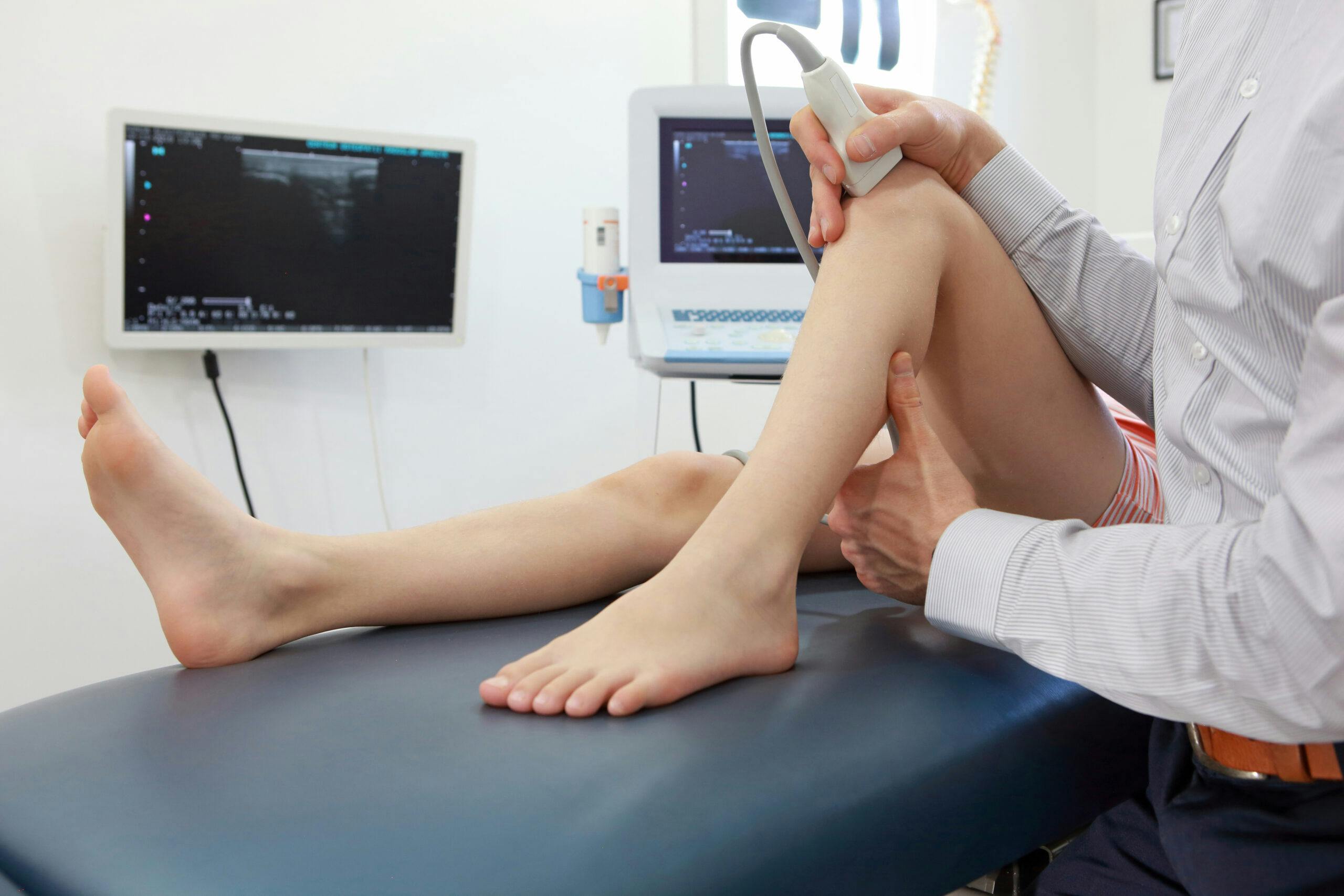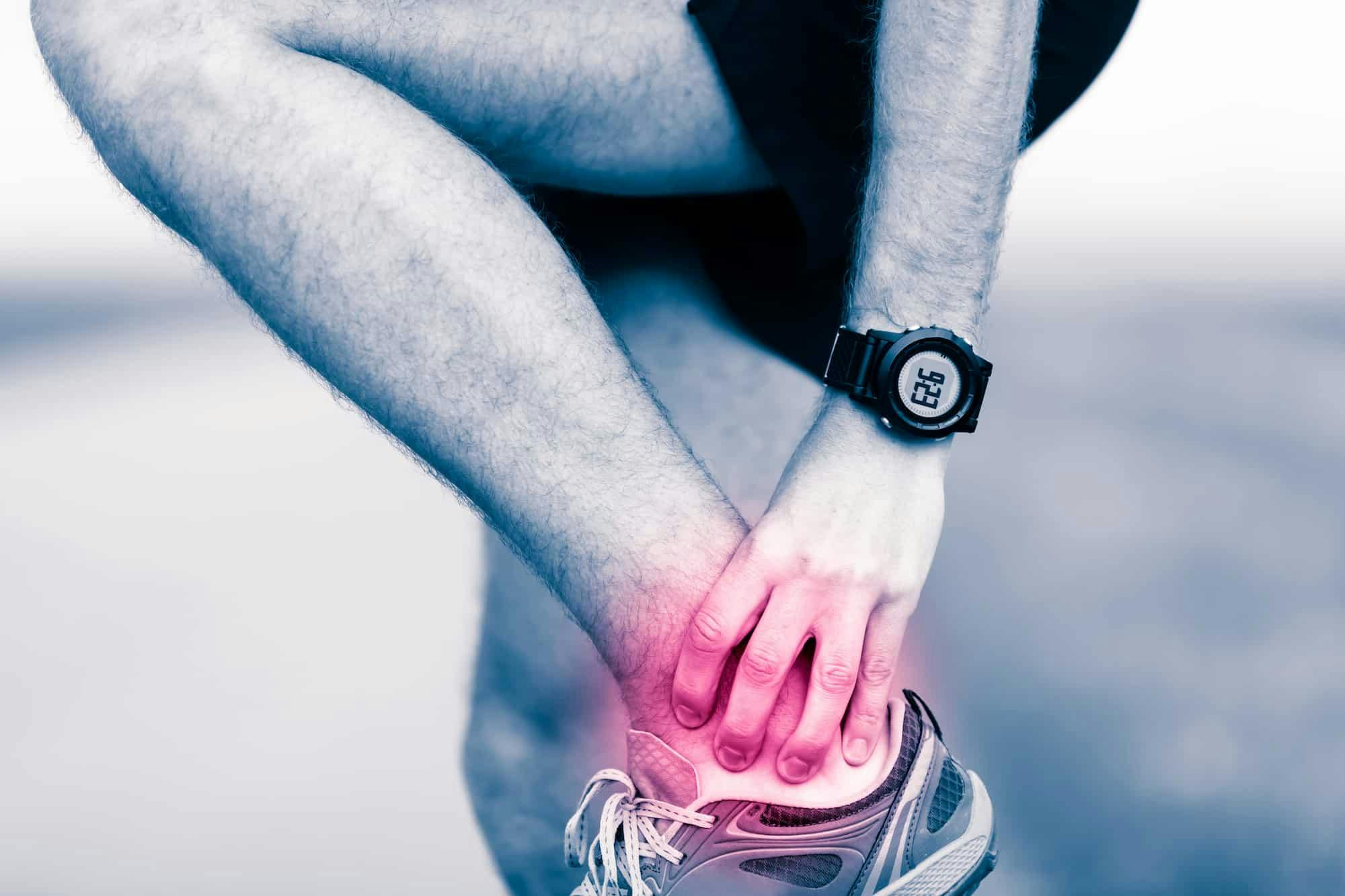- Blog
Ultrasound Use in Sports Medicine
Posted on 12-22-2025 in Primary Care Sports Medicine & Ultrasound by Dr. Joshua Hackel

Posted on 12-22-2025 in Primary Care Sports Medicine & Ultrasound by Dr. Joshua Hackel
Musculoskeletal ultrasound imaging offers orthopaedic patients safe, painless, and real-time imaging, without any harmful ionizing radiation or the need for uncomfortable positioning. As the first sports medicine physician in the region to utilize ultrasound for diagnostic and therapeutic purposes, Dr. Josh Hackel’s commitment to innovation has improved the accessibility of care for his patients.
The ability to visualize the anatomical structures of a joint or extremity in real-time and under the physics of movement allows him to diagnose soft tissue injuries more accurately. Ultrasound also excels at locating and identifying foreign bodies, as frequently happens in traumatic accidents. The procedure can be used to diagnose tendon, muscle, and ligament tears; sprains; effusions in the joint and bursae; nerve entrapments; and tumors, cysts or abscesses. Additional diagnostic benefits include the ability to identify fluid build-up, such as inflammation, tendonitis, and bursitis, as well as visualize blood flow within the muscle tissue.
Not only is ultrasound imaging an on-demand and real-time imaging option, but it also allows Dr. Hackel to view the underlying anatomy at rest and in motion, allowing for a more accurate diagnosis. It is also much faster than magnetic resonance imaging (MRI) or computed tomography (CT) scans and costs a fraction of other advanced imaging modalities. In fact, one study estimated that substituting ultrasound for MRI, when appropriate in treating musculoskeletal conditions, would save Medicare almost $7 billion in fifteen years!
In addition to diagnostic applications, ultrasound imaging is often used as an adjunct to minimally invasive procedures. Whether Dr. Hackel is performing an injection, orthobiologic/regenerative medicine procedure, or another minimally- or micro-invasive procedure, he can visualize the anatomy of the treatment area. If you are suffering from a musculoskeletal injury or condition, there is a good chance ultrasound imaging should be a part of your diagnosis and treatment plan. Seeking out a physician with advanced proficiency in ultrasound imaging could lead to a safer, more cost-effective and more accurate treatment plan.
Visit our Musculoskeletal Ultrasound treatment page for additional information or learn more about how this imaging option benefits our patients. To schedule a consultation with Dr. Hackel, call our office at 850.916.8783 or use our convenient online appointment form.

May is Arthritis Awareness Month, an opportunity to increase public understanding of arthritis and its impact on millions of lives. Established by the Arthritis Foundation, this national observance highlights the importance of early diagnosis, effective treatment, and ongoing research to improve the quality of life for those with arthritis.

With summer in full swing and children taking advantage of more time to participate in sports-related or other outdoor activities, it’s essential to be mindful of injury prevention while encouraging their interest in activities that don’t involve screen time!

May is National Arthritis Awareness Month, and of the more than 100 forms of this painful condition, many can affect the ankle. In fact, almost half of people in their 60s and 70s have arthritis of the foot and/or ankle, but not all of them have symptoms.